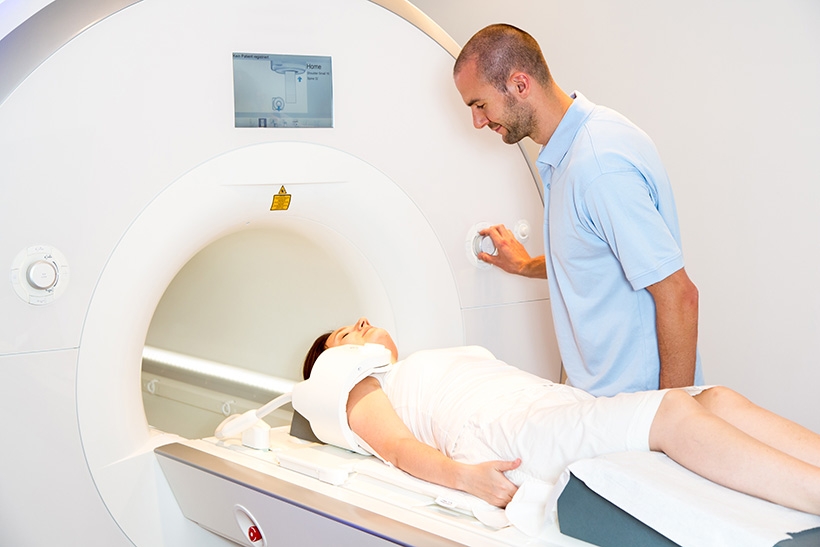You have a headache or pressure in your face, and you’re tired of struggling with the discomfort. To truly get to the bottom of the problem, one of the best tools is computed tomography (CT).
To provide you with the best possible care, Cecil Yeung, MD and Marcus Hershey, MD here at Houston Sinus Surgery are equipped with the most advanced imaging technology, including the all-important CT scan.
Here’s a look at how a CT scan can get you on the road to relief more quickly.
Understanding CT scans
When it comes to diagnostics, we’re fortunate to have several tools at our disposal that allow us to take a look at the structures inside your body without having to open you up.
The first technology to provide this important service was the X-ray, which delivers radiation into your body that allows us to get a good look at your hard tissues, namely your bones. This technology is still a frontline diagnostic tool, but it’s limited in that we’re not able to detect inflammation or problems in your soft tissues.
To accomplish this, we often turn to a CT scan, which is the next level of X-ray. With a CT scan, we again deliver radiation into your body, but we gain a far higher level of detail as well as a 3-D image.
A CT scan rotates around the target area to deliver cross-sectional views of your internal structures, which a computer then pulls together to provide a detailed, 3-D scan.
With a CT scan, we’re able to identify inflammation, infections, and even problems with blood vessels.
CT scans and your sinuses
Your nasal passageways are connected to a system of hollow spaces called sinuses. Sinuses perform several functions, including moisturizing the air you breathe and regulating your voice.
Since your sinuses absorb everything you breathe in, they’re prone to infections — such as sinusitis — allergies, and inflammation, all of which can create sinus and head discomfort.
With a CT scan, our goal is to get a closer look at what’s happening inside your sinuses. For example, if you have inflammation, that’s readily visible on a CT scan. We can also detect any structural issues or blockages with this type of imaging.
Getting a CT scan
One of the best features of a CT scan, aside from its great detail, is that the procedure is completely painless. All you have to do is hold still for less than a minute while the machine goes to work.
Once the imaging is done, the computer pulls together the cross-sections and delivers a 3-D image of your sinuses in no time at all.
With this information in hand, we can then get you started on an appropriate treatment plan to relieve your sinus problems.
To learn more about how a CT scan can help with your sinus issues, book an appointment online or over the phone with Houston Sinus Surgery today.




